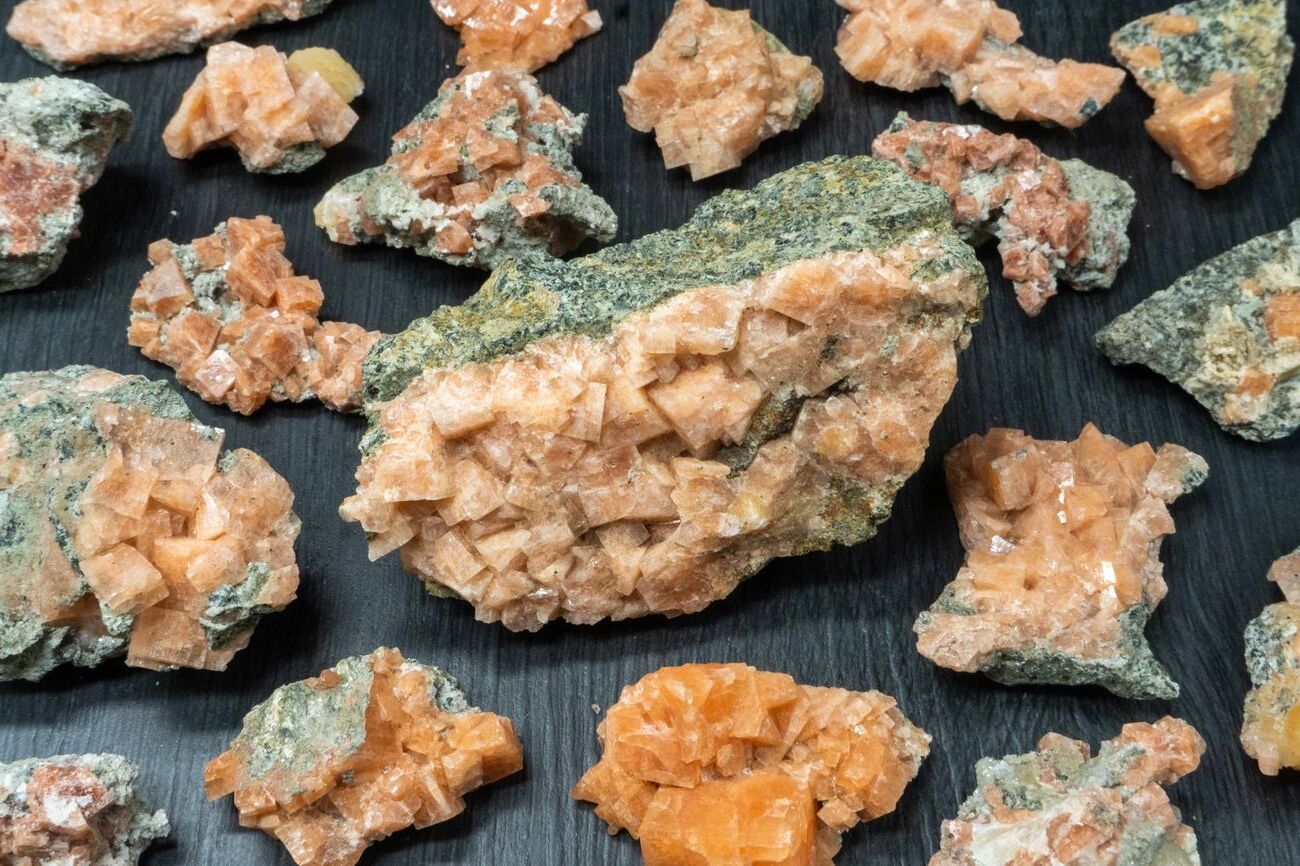
Chabazite is a fascinating mineral that often goes unnoticed despite its unique properties and widespread applications. Found in volcanic rocks, this zeolite mineral is known for its distinctive crystal structure and ability to trap and exchange ions. But what exactly makes Chabazite so special? From its role in water purification to its use in gas separation, Chabazite's versatility is truly remarkable. This mineral not only contributes to scientific advancements but also plays a part in everyday life. Ready to learn more? Here are 30 intriguing facts about Chabazite that will shed light on its many uses and characteristics.
Key Takeaways:
- Chabazite, a unique zeolite mineral, has various colors and practical uses. It can be found in countries like Iceland, Italy, India, and the United States, making it a prized addition for mineral collectors.
- With its high cation-exchange capacity and thermal stability, Chabazite is used in gas purification, water softening, petrochemical industry, and agriculture. Its unique properties make it stand out among other minerals.
What is Chabazite?
Chabazite is a fascinating mineral belonging to the zeolite group. Known for its unique crystal structure and various applications, it has intrigued scientists and collectors alike.
- Chabazite is a zeolite mineral composed mainly of hydrated calcium aluminum silicate.
- It was first described in 1792 by French mineralogist Louis-Augustin Bosc d'Antic.
- The name "Chabazite" comes from the Greek word "chabazios," meaning "hailstone," due to its crystal shape.
- Chabazite crystals are typically rhombohedral in shape, resembling small cubes or prisms.
- This mineral is often found in cavities within basaltic volcanic rocks.
- Chabazite can appear in various colors, including white, yellow, pink, orange, and red.
Where Can You Find Chabazite?
Chabazite is not just limited to one location. It can be found in several regions around the world, each offering unique specimens.
- Significant deposits of Chabazite are found in Iceland, Italy, and India.
- In the United States, notable Chabazite locations include Oregon, New Jersey, and Arizona.
- The Faroe Islands are known for producing high-quality Chabazite crystals.
- Chabazite is also found in the Deccan Traps of India, a large volcanic province.
Uses of Chabazite
Chabazite is not just a pretty mineral. It has practical applications that make it valuable in various industries.
- Chabazite is used as a molecular sieve in gas purification processes.
- It plays a role in water softening and purification due to its ion-exchange properties.
- Chabazite is utilized in the petrochemical industry for catalytic cracking.
- It serves as an effective adsorbent for removing heavy metals from wastewater.
- Chabazite is used in agriculture to improve soil quality and retain moisture.
- It is also employed in the production of lightweight concrete and building materials.
Unique Properties of Chabazite
Chabazite's unique properties make it stand out among other minerals, contributing to its various applications.
- Chabazite has a high cation-exchange capacity, allowing it to trap and release ions.
- It is thermally stable, making it suitable for high-temperature applications.
- Chabazite has a high surface area, enhancing its adsorption capabilities.
- It exhibits low density, which is beneficial for lightweight construction materials.
- Chabazite can selectively adsorb certain gases, such as carbon dioxide and ammonia.
- It is resistant to chemical degradation, ensuring long-term effectiveness in various applications.
Collecting Chabazite
For mineral collectors, Chabazite is a prized addition due to its beauty and rarity.
- Chabazite specimens are often sought after for their well-formed crystals and vibrant colors.
- Collectors value Chabazite for its unique crystal habits and associations with other minerals.
- High-quality Chabazite crystals can fetch significant prices in the mineral market.
- Chabazite is often found in association with other zeolites, such as stilbite and heulandite.
- Proper care and storage are essential to preserve the delicate crystals of Chabazite.
- Chabazite specimens are often displayed in museums and private collections worldwide.
Interesting Facts About Chabazite
Chabazite has some intriguing aspects that make it even more fascinating.
- Chabazite can form pseudomorphs, where it replaces another mineral while retaining the original shape.
- Some Chabazite crystals exhibit fluorescence under ultraviolet light, adding to their visual appeal.
Final Thoughts on Chabazite
Chabazite, a fascinating mineral, holds a treasure trove of unique properties. From its crystalline structure to its ion-exchange capabilities, this mineral has captured the interest of scientists and collectors alike. Its ability to filter and purify water makes it invaluable in environmental applications. The geological formations where chabazite is found also tell a story of Earth's history, adding another layer of intrigue.
Understanding these facts about chabazite not only enriches our knowledge but also highlights its practical uses. Whether you're a geology enthusiast or someone interested in sustainable solutions, chabazite offers something for everyone. Keep exploring and appreciating the wonders of this remarkable mineral. Its contributions to science and industry are truly noteworthy.
Frequently Asked Questions
Was this page helpful?
Our commitment to delivering trustworthy and engaging content is at the heart of what we do. Each fact on our site is contributed by real users like you, bringing a wealth of diverse insights and information. To ensure the highest standards of accuracy and reliability, our dedicated editors meticulously review each submission. This process guarantees that the facts we share are not only fascinating but also credible. Trust in our commitment to quality and authenticity as you explore and learn with us.
